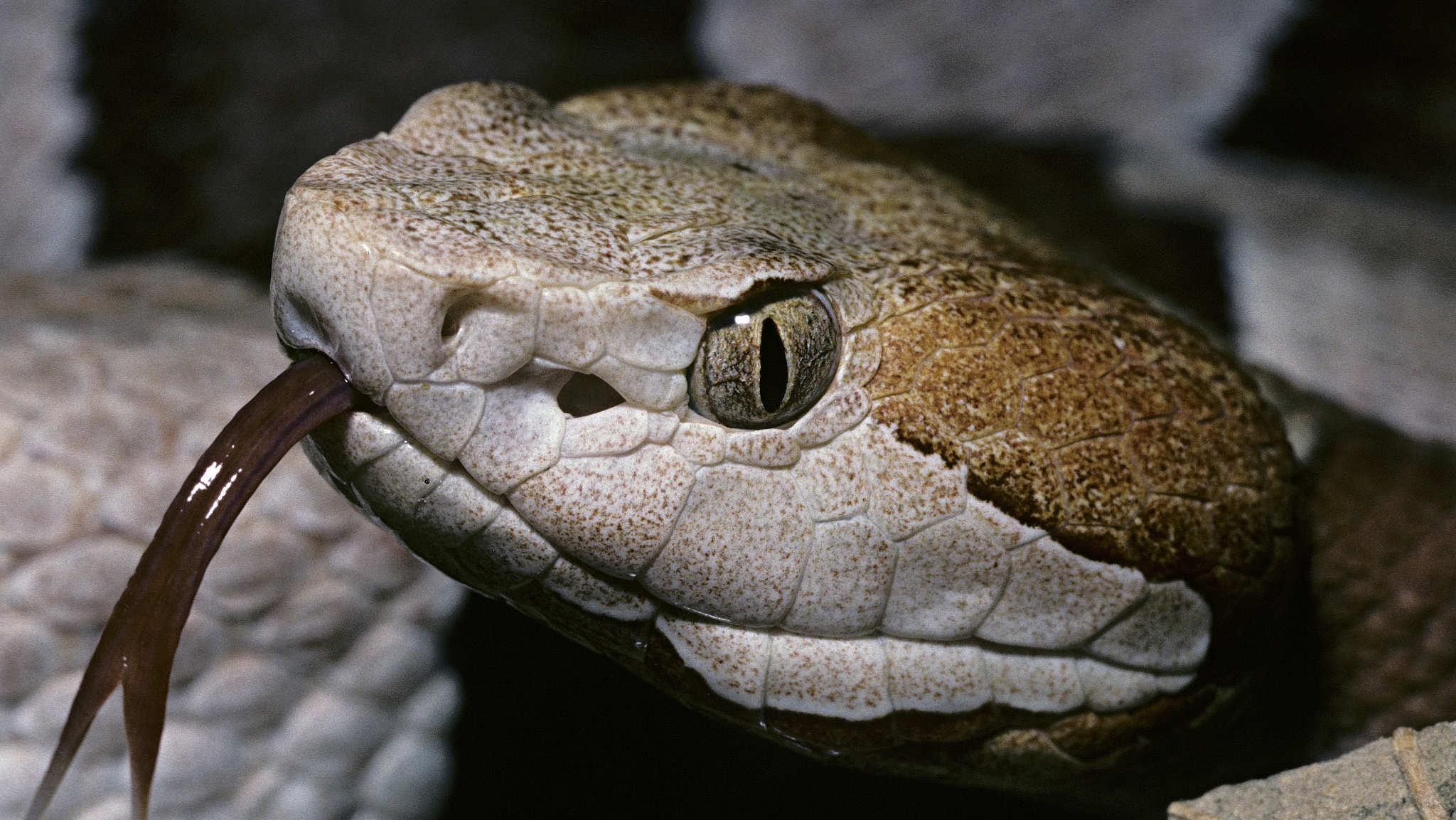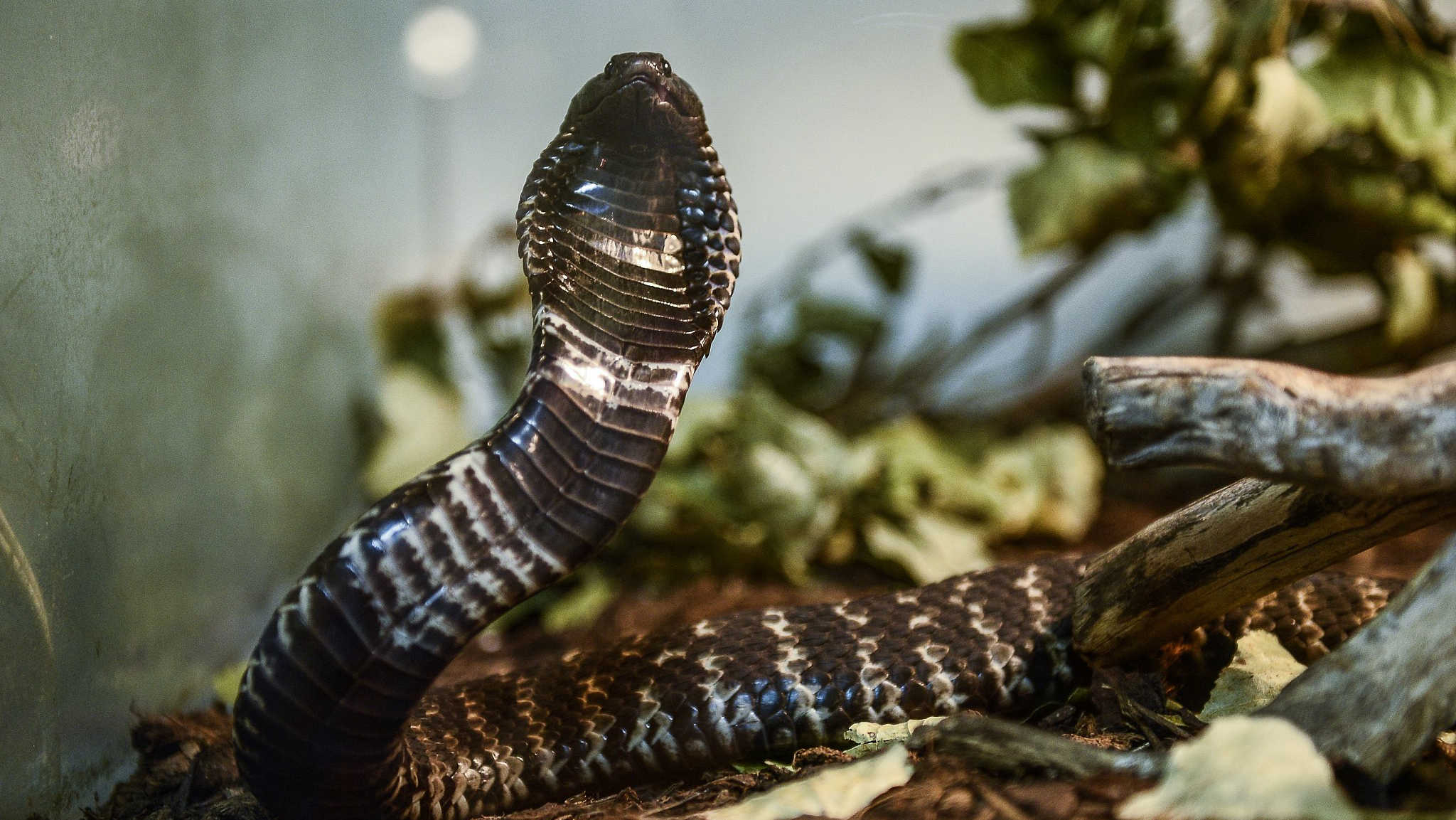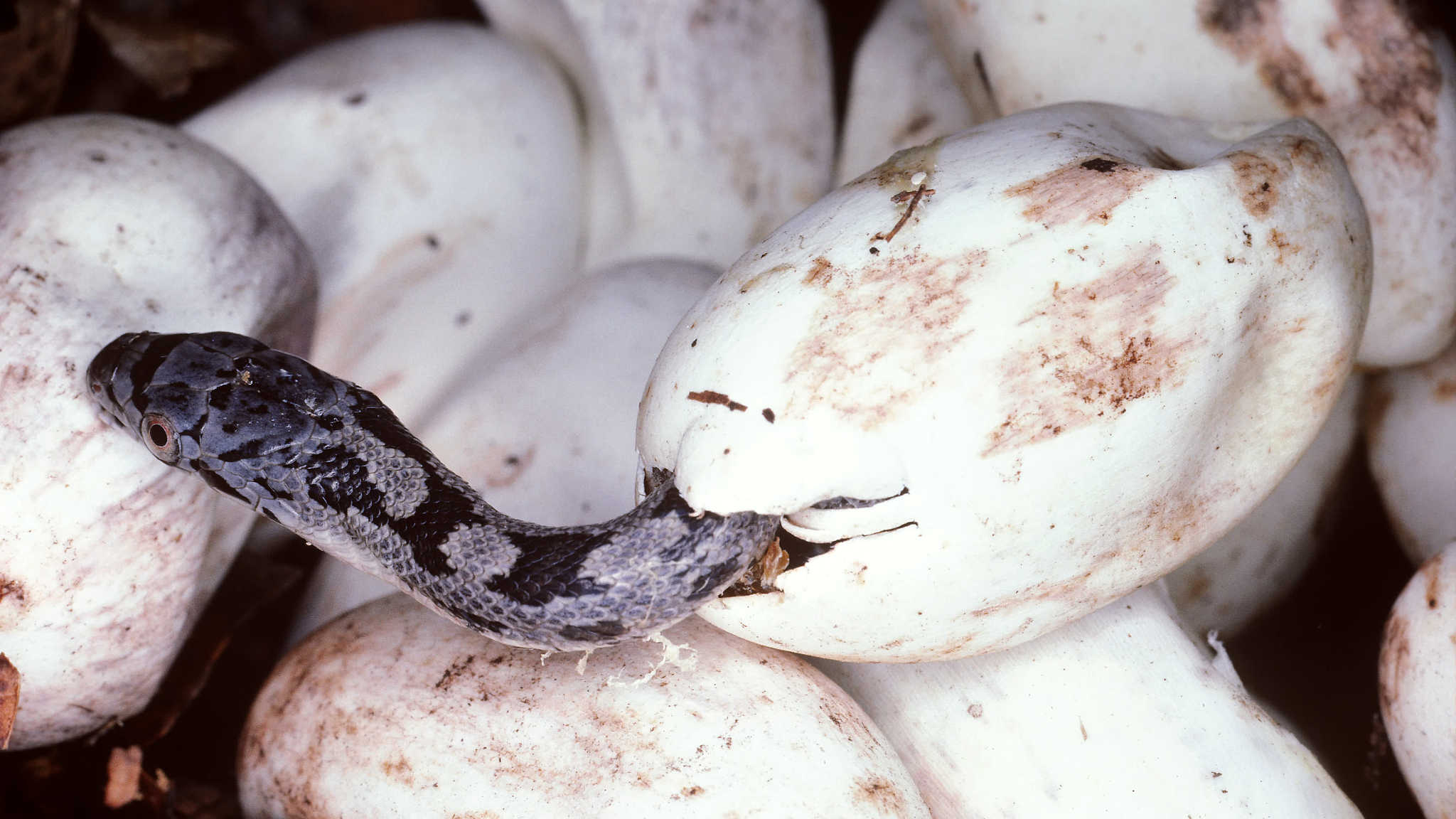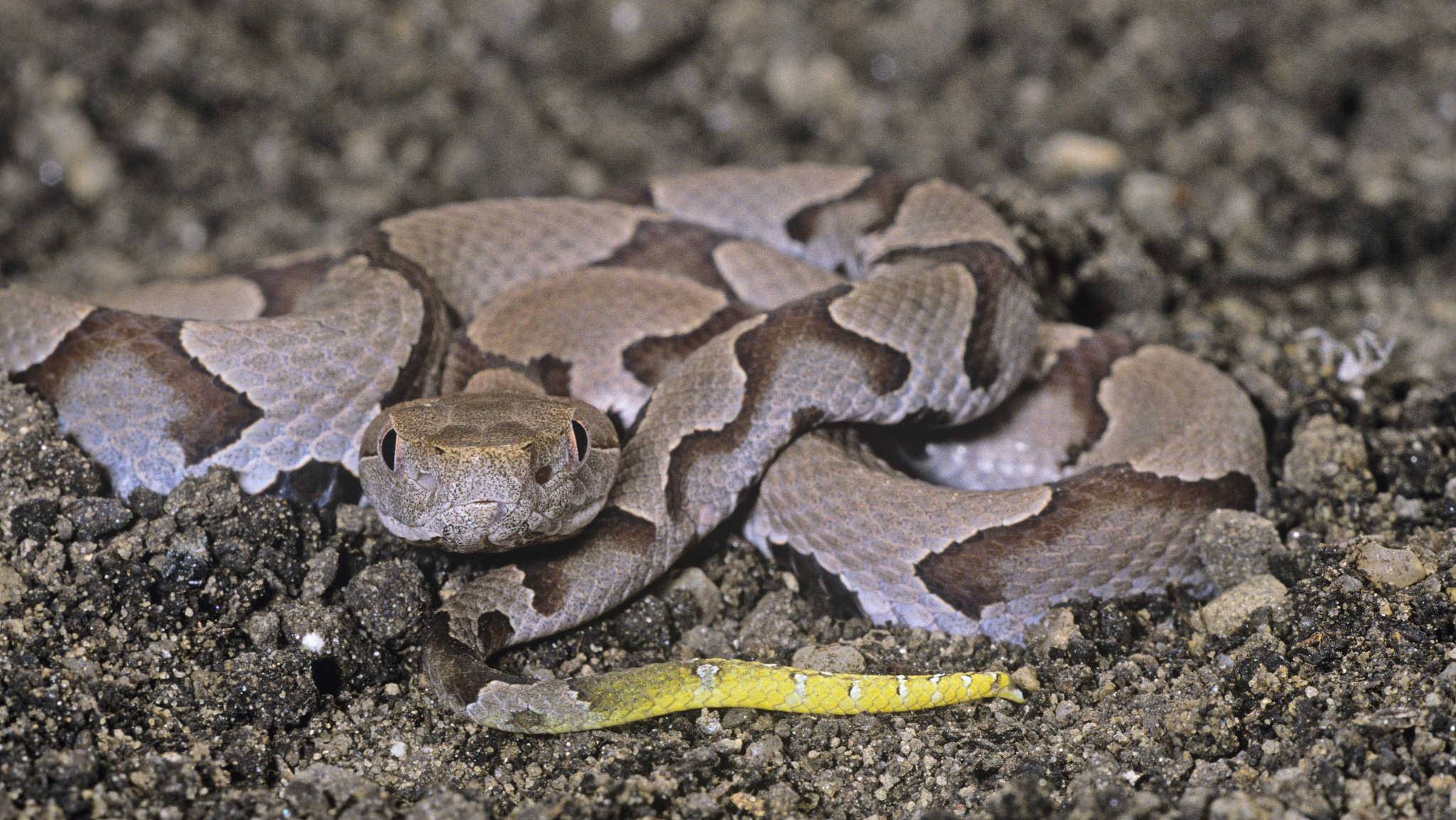
Animal
10:45, 06-Apr-2019
What we know about snakes might be wrong
CGTN

Snake encounters never fail to give some of us increased heartbeats and loss of breath as fear takes hold. However, most snakes are not as dangerous as they appear. In the following, we will bust some myths and lay out other rarely known facts about this reptile.

A king cobra. /VCG Photo
A king cobra. /VCG Photo
1. Not all snakes are venomous
Biologist Bryan Fry discovered that all snakes have the genetics for venom production. In other words, all snakes are venomous, including the ones we thought are venom free, such as garter snakes. This sounds like bad news for those with a fear of snakes. But there's no need to panic, since most of them pose no threat to humans. Back to garter snakes, a neurotoxin in their saliva is used to paralyze their prey so that it is easier for them to swallow. Yet this toxin will not harm humans.
2. Mother snakes are bad mothers
African rock pythons were observed encircling and defending their eggs until they hatched, overthrowing the belief that snakes almost always slither away immediately after their babies are born. Although this is the only known case, it at least dispels the long-held belief that all snakes are absent parents.

Black rat snake. / VCG Photo
Black rat snake. / VCG Photo
3. Snakes chase people when approached
Will snakes become angry and run after intruders whenever they feel threatened? Yes and no. Mostly, snakes are equally frightened when accidentally disturbed by a hiker and have a similar gut reaction as we do – to flee. Snakes may choose to run away in the same direction as the intruder, which may give people the illusion of being chased. However, a small number of snakes do give chase when approached. For example, the Central American bushmaster; not only are they dangerously venomous, they actively chase human beings as well.
4. Female snakes put their babies inside their mouth for protection
Many people claim to have seen snakes protect their offspring by putting them in their mouths. However, it's more likely that the passersby witnessed a mother turning a stillborn baby into a food source, devouring one of its young for nutrition in its weakened state. The sight of half of the dead baby snake hanging from the mouth of the mother may have influenced the myth that mothers turn their mouths into safe havens for their babies in times of danger.

A young copperhead (Agkistrodon contortrix) shows its yellow tail lure in Eastern USA. /VCG Photo
A young copperhead (Agkistrodon contortrix) shows its yellow tail lure in Eastern USA. /VCG Photo
5. Some snakes sting with their tails
There is also a myth that some snakes bite with their tails, and copperheads are always regarded as an example. They are born with tan and copper bodies and vibrant yellow tail tips. This outstanding colored tail is used to attract prey, such as frogs or toads, by erecting it from a pile of leaves. When they get close enough, it is still the mouth that ultimately does the killing. Another wronged species is the eastern mud snake, which has a sharply pointed tail. Their tails only serve as an assisting tool to cut their prey into small pieces so that they can be easily swallowed.
(Top image via VCG)
(If you want to contribute and have specific expertise, please contact us at nature@cgtn.com.)

SITEMAP
Copyright © 2018 CGTN. Beijing ICP prepared NO.16065310-3
Copyright © 2018 CGTN. Beijing ICP prepared NO.16065310-3